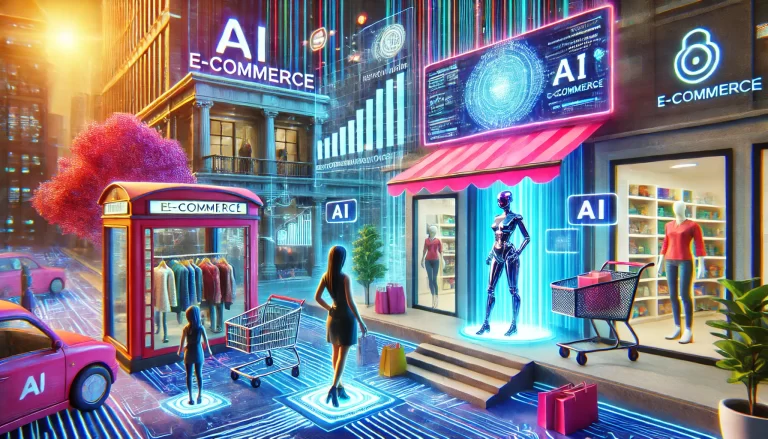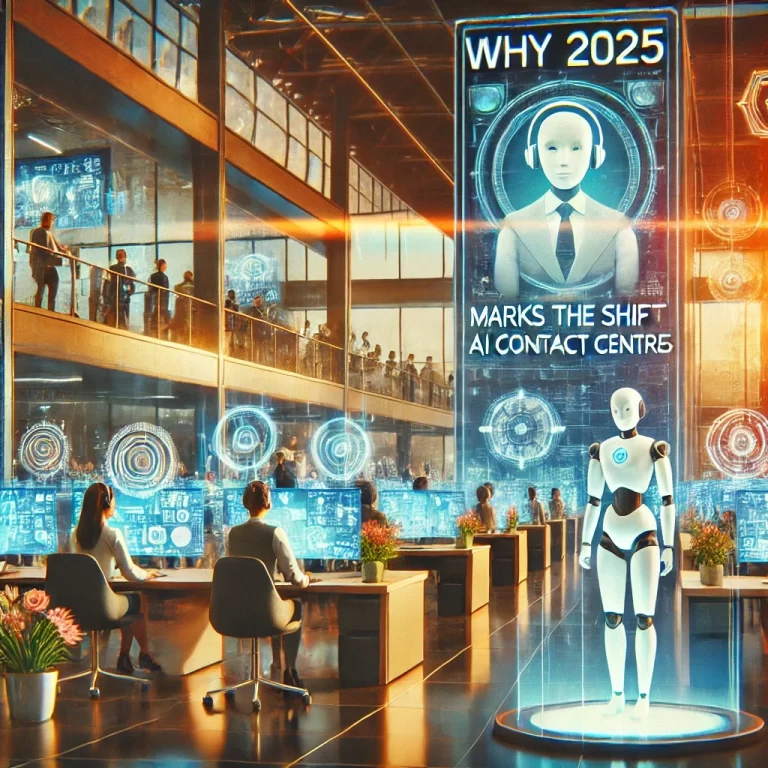The push to accelerate AI development is like a high-speed race where pragmatism and imagination are the two engines propelling us forward. McKinsey’s recent insights emphasize this balance, but what does it really mean for businesses?
And how can we take these ideas even further?
The Groundwork for Success – Pragmatism
At its core, McKinsey says pragmatism in AI is about keeping your feet on the ground. It’s easy to be dazzled by the potential of AI, but practical application is key. Start with what you know: where can AI make a real difference in your existing operations?
This might mean automating mundane tasks, enhancing customer experiences, or optimizing supply chains. Focusing on these “quick wins” can build confidence in AI’s value, making it easier to justify further investments.
However, pragmatism isn’t just about solving today’s problems. It’s about setting the stage for tomorrow by ensuring your AI infrastructure is scalable and sustainable. This involves solid data management practices, a robust IT framework, and most importantly, investing in a workforce that’s equipped to handle the challenges AI will bring.
Unlocking New Possibilities – Imagination
While pragmatism lays the foundation, imagination is what takes AI to the next level. This is where businesses can really differentiate themselves by thinking beyond the immediate use cases and exploring how AI can unlock entirely new business models.
Consider how generative AI is revolutionizing industries by enabling personalized customer experiences at scale or by automating creative processes that were once solely the domain of humans. But imagination isn’t just about grand visions; it’s about fostering a culture that encourages experimentation and isn’t afraid of failure. The companies that thrive will be those that see every setback as a learning opportunity on the path to innovation.
Bridging the Gap: A Human-Centered Approach
The real magic happens when pragmatism and imagination are not just balanced but integrated. It’s about creating an environment where these two forces feed into each other. For example, cross-functional teams that include both engineers and creative thinkers can work together to develop AI solutions that are both innovative and grounded. This approach ensures that AI is not just a flashy tool but a powerful enabler of business transformation.
But here’s is our take on the key to making this integration work. Taking a human-centered approach. AI development isn’t just about technology; it’s about people. The most successful AI initiatives will be those that consider the human impact at every stage—whether it’s how AI will interact with employees, how it will affect customer relationships, or how it will shape the future of work.
Organizations need to get serious about the human side of AI by investing in upskilling their workforce, fostering a culture of continuous learning, and ensuring that AI tools are designed with the end-user in mind. This human-centered approach not only makes AI more effective but also builds trust, which is essential for long-term success.
Accelerating AI development isn’t just about moving fast; it’s about moving smart. By integrating pragmatism and imagination with a human-centered focus, businesses can not only keep up with the pace of AI innovation but lead the way. The future of AI isn’t just in the hands of technologists—it’s in the hands of all of us.
Source: McKinsey & Company. For more insights, you can read the original article here.
Contact the team at Acquire.AI today for more information on how AI can transform your business operations. Our experts are here to guide you through every step, from initial assessment to a full-scale implementation.



